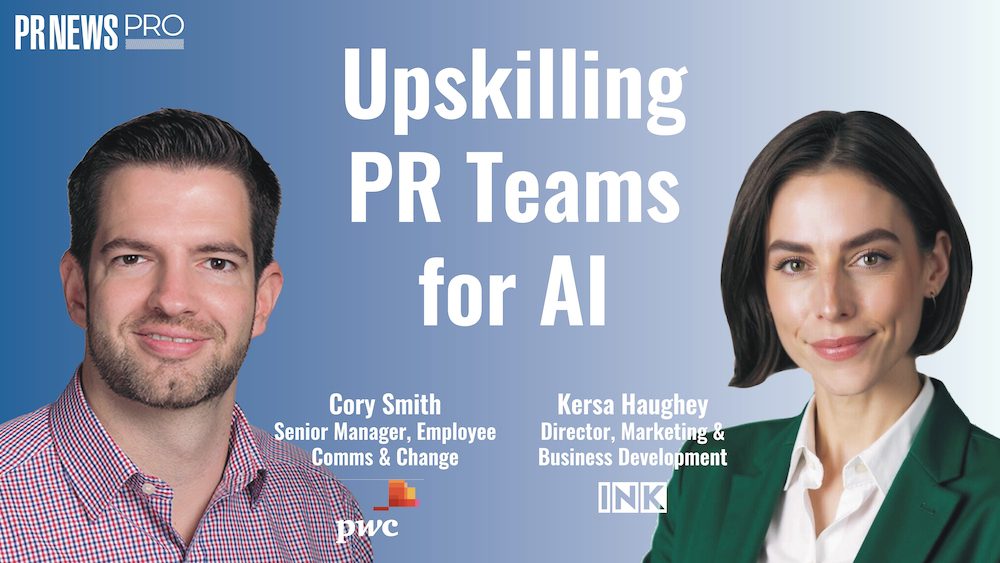 Spending on influencer marketing is skyrocketing. Business Insider predicts that investment in the sector will reach $15 billion annually by 2022. Inside the burgeoning influencer sector, fashion and apparel represent one of the most active product categories as cord-cutter and cord-never Millennials look for ideas and guidance on what to buy and wear.
Spending on influencer marketing is skyrocketing. Business Insider predicts that investment in the sector will reach $15 billion annually by 2022. Inside the burgeoning influencer sector, fashion and apparel represent one of the most active product categories as cord-cutter and cord-never Millennials look for ideas and guidance on what to buy and wear.
With all of this investment, CMOs are naturally passionate about getting maximum return from every pound invested. If you need to garner more revenue from your influencers, consider these tips.
1. Give your performance marketers a seat at the planning table.
Many fashion and apparel brands manage influencers through PR or social media teams. These teams are outstanding at devising programs that impact top-of-funnel metrics. But your performance marketers have very different skills and expertise—and you should apply their knowledge to making influencers more revenue accountable. Performance teams can take a different approach that will help to ensure you have the means to track, report and pay partners for the results they drive. That matters a lot because while influencer platforms are great for sourcing, managing and analyzing programs, they generally cannot connect the activity to sales.
2. Align your influencer marketing program goals.
While a growing number of brands have sales growth as a primary objective for influencers, many programs still focus on the key goals of awareness and enhanced brand perceptions. This can relate to whoever does the planning, but it may also relate to habit—implementers following tried-and-tested processes that work for soft metrics but not for revenue. Time to break the habits. It is crucial to communicate your KPIs are directly associated with sales, otherwise influencers may assume that you have other social-media-style goals. Define and align for best results.
3. Reward influencers for their revenue contributions.
Brands often pay for influencer marketing on a cost-per-asset basis. For example, the cost of an Instagram can relate to the number of followers and perceived authority. Some influencers, and especially the most popular celebrities, prefer cost-per-asset pricing because their earnings are pre-established. Some other influencers recognize that they can earn more by helping companies understand sales impact. These influencers are happy to accept pay-for-performance programs using tracking links for some or all of their compensation. In fact, a small but growing number of specialist influencers prefer pay-for-performance because they know their recommendations make people buy. But whether your influencers are eager or simply tolerant of pay-for-performance, you’ll end up with more revenue and accountability when you incentivize them to drive sales.
Other articles you might enjoy:
- Four Key Steps to Influencer Marketing
- Demanding Transparency: Six Ways to Combat Influencer Marketing Fraud
- Influencer Marketing 3.0
4. When it comes to choosing influencers, think small(er).
Yes, mega-celebrity influencers can drive a lot of interest in specific apparel. But before you put all of your eggs in the superstar basket, consider how “micro” fashion influencers can play a more accountable role in driving increased ROI. First, the more popular an influencer, the less likely they are to accept performance-based compensation models. By contrast, micro-influencers are often easy to engage with performance or hybrid compensation.
Micro-influencers are subject matter experts with less than 100,000 followers. What they lack in mass followings they often more than make up for in credibility and willingness to truly partner with a brand to drive measurable and profitable sales. Those uber-celebs may still be part of your go-to-market plan, but so too should be the many other influencers with strong credibility in your category.
5. Build continuing relationships with your most productive influencers.
Influencer marketing often relies on short campaigns. You launch an item and work with a network of influencers for a few weeks and then the program ends. But I have seen that cultivating long-term relationships can drive a great deal more sales than flashes in the pan. When an influencer makes your brand an enduring part of their life, they encourage others to do the same. Long-term relationships make it easier to showcase and merchandise new items and can help dramatically reduce time-to-revenue for your next introduction or promotion. Plus, it helps ensure that fashion-forward individuals see your brand as a leader instead of a one-hit-wonder.
I once heard a fashion marketer equate the most popular influencers to TV networks; they attempt to meet brand objectives by utilizing their vast and engaged audiences. But thinking about influencers as mass media misses the passion and credibility that they can bring to a marketing partnership. There’s no reason why you can’t take a strategic approach with influencers that allows you to connect those attributes to align goals and ultimately grow your revenue.
Ashley Wild is EMEA Business Development Director at Partnerize



 Network
Network

